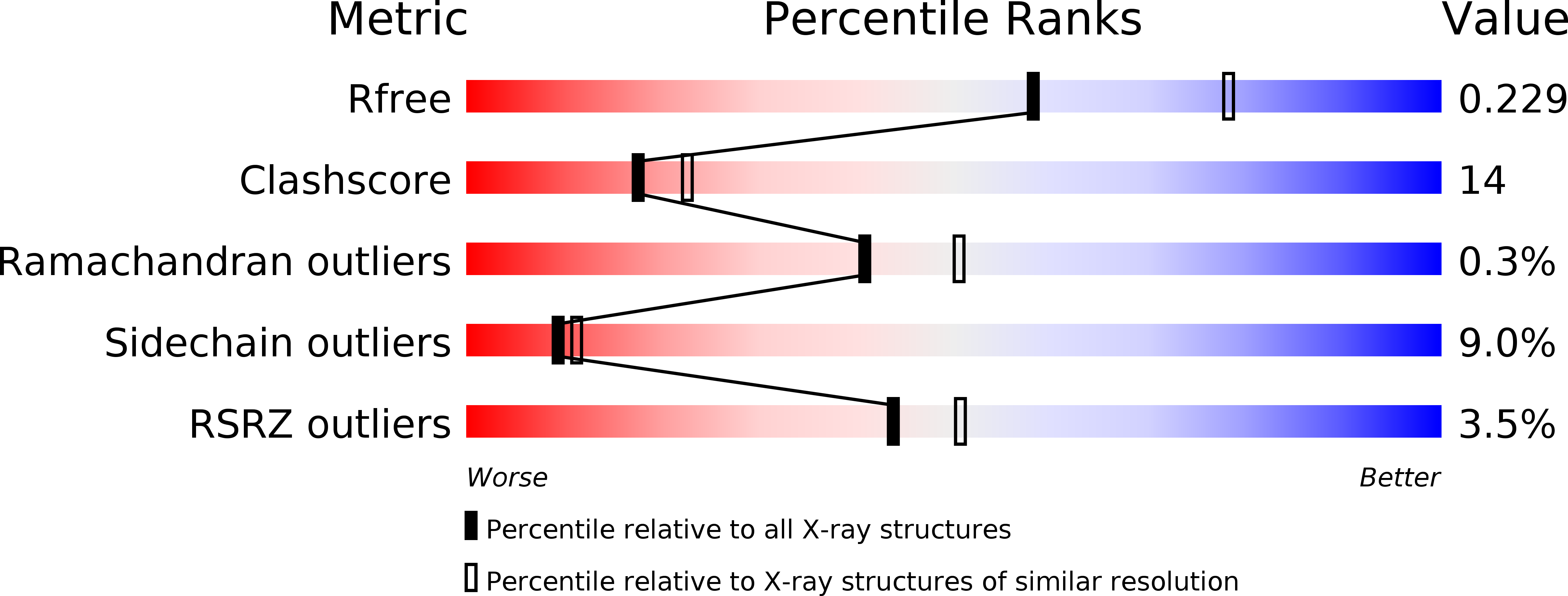
Deposition Date
2006-03-20
Release Date
2006-05-23
Last Version Date
2023-08-30
Method Details:
Experimental Method:
Resolution:
2.30 Å
R-Value Free:
0.23
R-Value Work:
0.20
Space Group:
P 21 21 21


